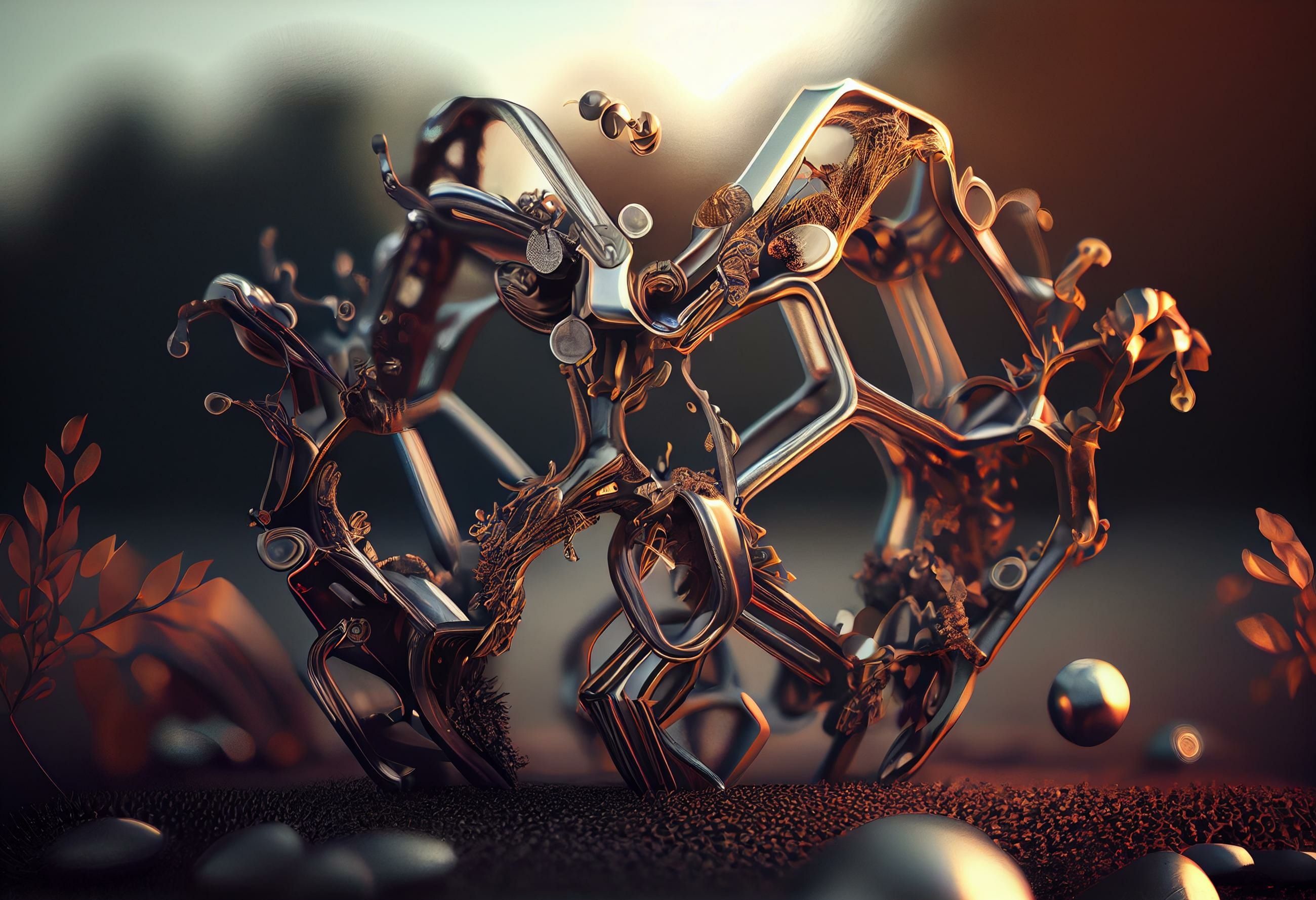Innovative Metal Organic Frameworks-in-Nanochannels Revolutionize Protein Isolation
New research reports on the development of a groundbreaking strategy that utilizes metal oxide-nanochannel arrays as templates for the in-situ growth of metal-organic frameworks (MOFs), revolutionizing the field of protein isolation, offering promising potential for high-efficiency protein recovery from complex biological samples.
Metal-organic frameworks (MOFs) have emerged as promising candidates for efficient biosample separation. However, their application has been limited by the challenges associated with handling MOF powders in aqueous solutions and harnessing their functionalities for specific purposes. To overcome these obstacles, a group of researchers from Northeastern University in Shenyang, China, has devised a novel strategy that leverages metal oxide-nanochannel arrays as templates for the in situ growth of MOF structures.
Metal organic framework 199, illustration. Generative AI | Image Credit: © Elin - stock.adobe.com

MOFs are a class of materials composed of metal ions or clusters coordinated to organic ligands. They form a highly porous and crystalline structure with a large surface area, often likened to a molecular sponge. MOFs have a diverse range of applications, including gas storage, separation, catalysis, drug delivery, and sensing. The unique properties of MOFs, such as tunable pore size, high surface area, and chemical versatility, make them attractive for various industries and scientific research. The synthesis of MOFs involves the assembly of metal ions and organic ligands, allowing for the design of custom structures with tailored properties. Ongoing research focuses on optimizing MOFs for specific applications and exploring their potential in areas such as renewable energy, environmental remediation, and sustainable chemistry.
The team successfully demonstrated the effectiveness of their approach by selectively growing tailored MOFs, specifically Ni-bipy MOFs, within a nanochannel membrane composed of NiO and TiO2. This unique technique, utilizing NiO as a sacrificial precursor, enabled the researchers to achieve an impressive ∼262 times concentration of histidine-tagged proteins within a mere 100 minutes. The enhanced adsorption efficiency of the MOF-based nanofilter was observed across a wide pH range, showcasing its versatility in capturing proteins from complex matrices.
The successful integration of MOFs within nanochannels holds tremendous potential for the high-efficiency recovery of essential proteins from complex biological samples. By exploiting the porous self-aligned structure of the Ni-MOFs/TiO2 nanochannel membrane, the researchers achieved not only outstanding performance but also ensured biocompatibility and flexible functionalities. These characteristics make the membrane highly desirable for the development of multifunctional nanofilter devices and the creation of innovative biomacromolecule delivery vehicles.
The breakthrough achieved by the team at Northeastern University opens up new possibilities in the field of protein isolation and separation. The ability to tailor MOFs within nanochannels provides researchers with a versatile chromatography membrane that overcomes previous limitations, allowing for more efficient and precise isolation of target proteins. As the potential applications of MOFs in nanochannel membranes continue to unfold, the scientific community eagerly anticipates the development of cutting-edge techniques and technologies that will further revolutionize protein analysis and biosample separation.
Reference
(1) Xu, J.; Yang, X.; Guo, J.; Xu, H.; Gao, Z.; Song, Y-Y. Metal organic frameworks-in-nanochannels: A tailorable chromatography membrane for isolation of target protein. J. Chromatogr. A. 2023, 1704, 464134. DOI: https://doi.org/10.1016/j.chroma.2023.464134





